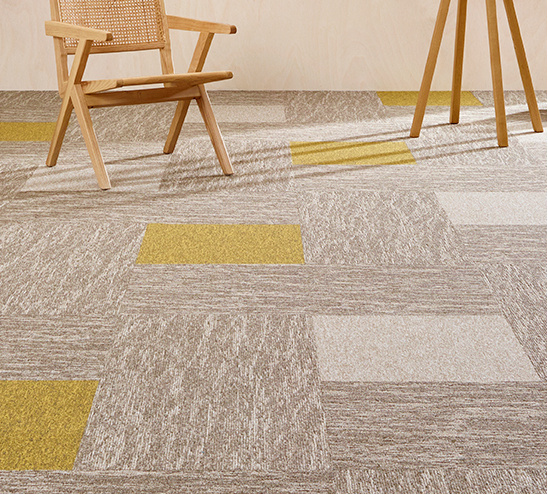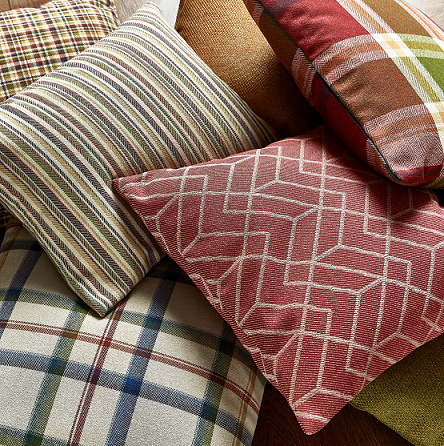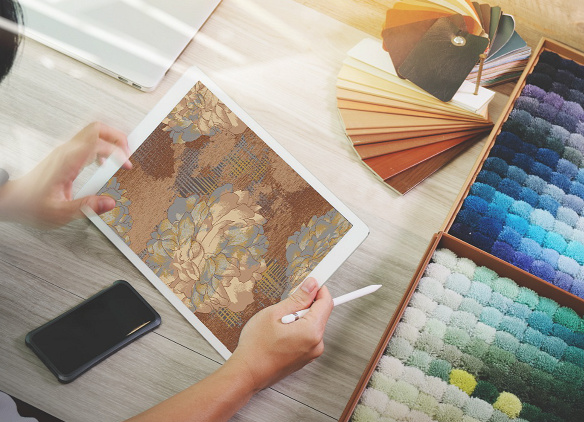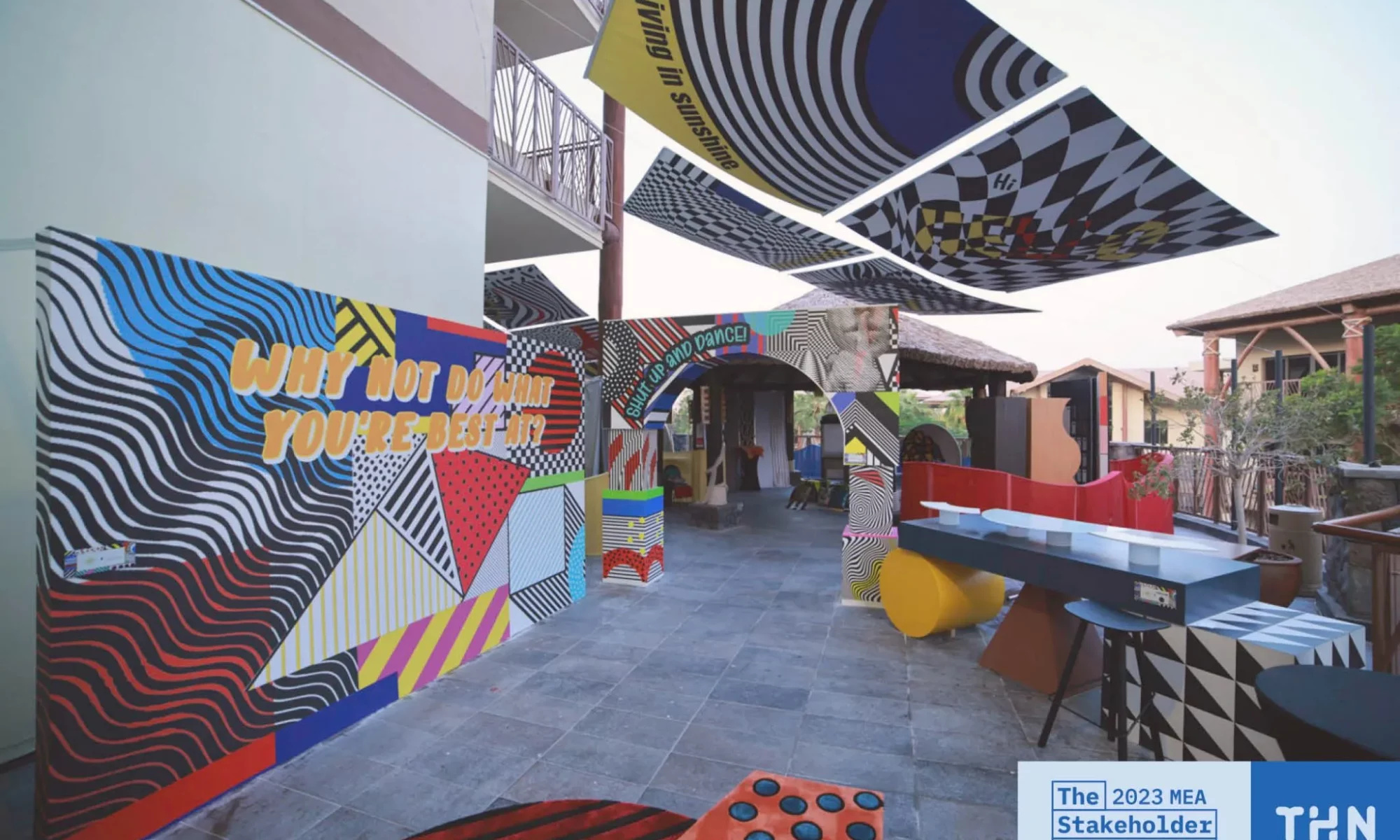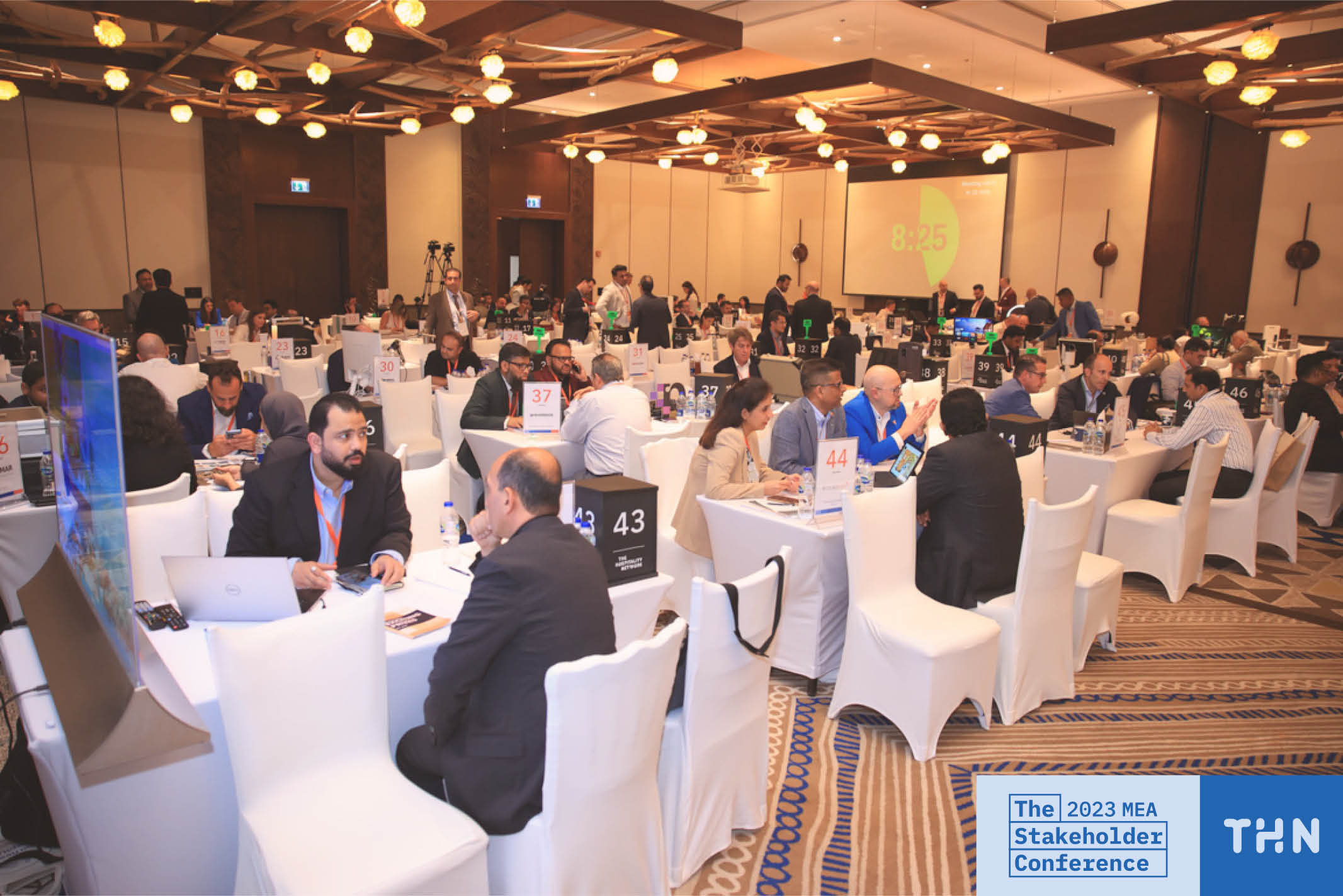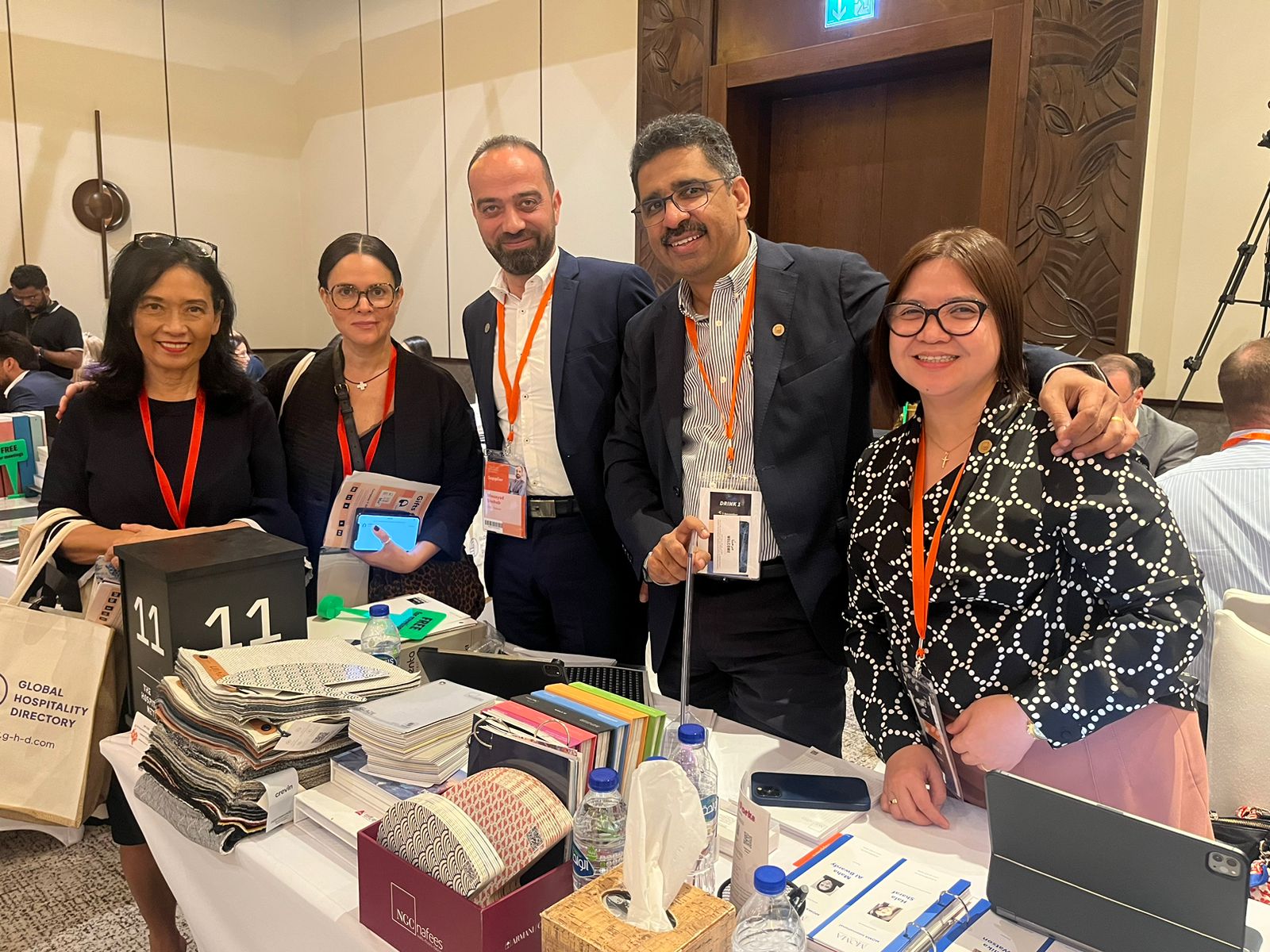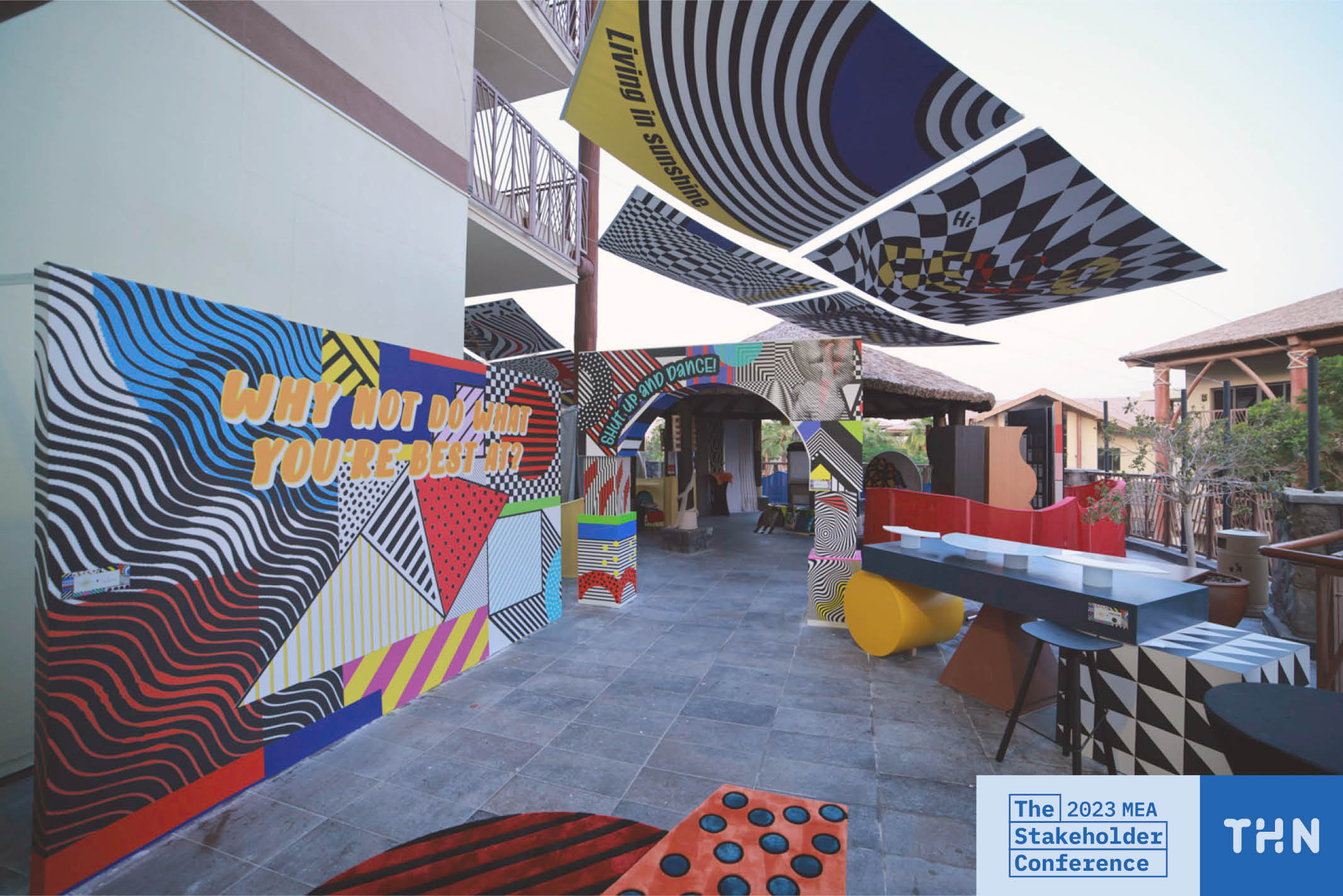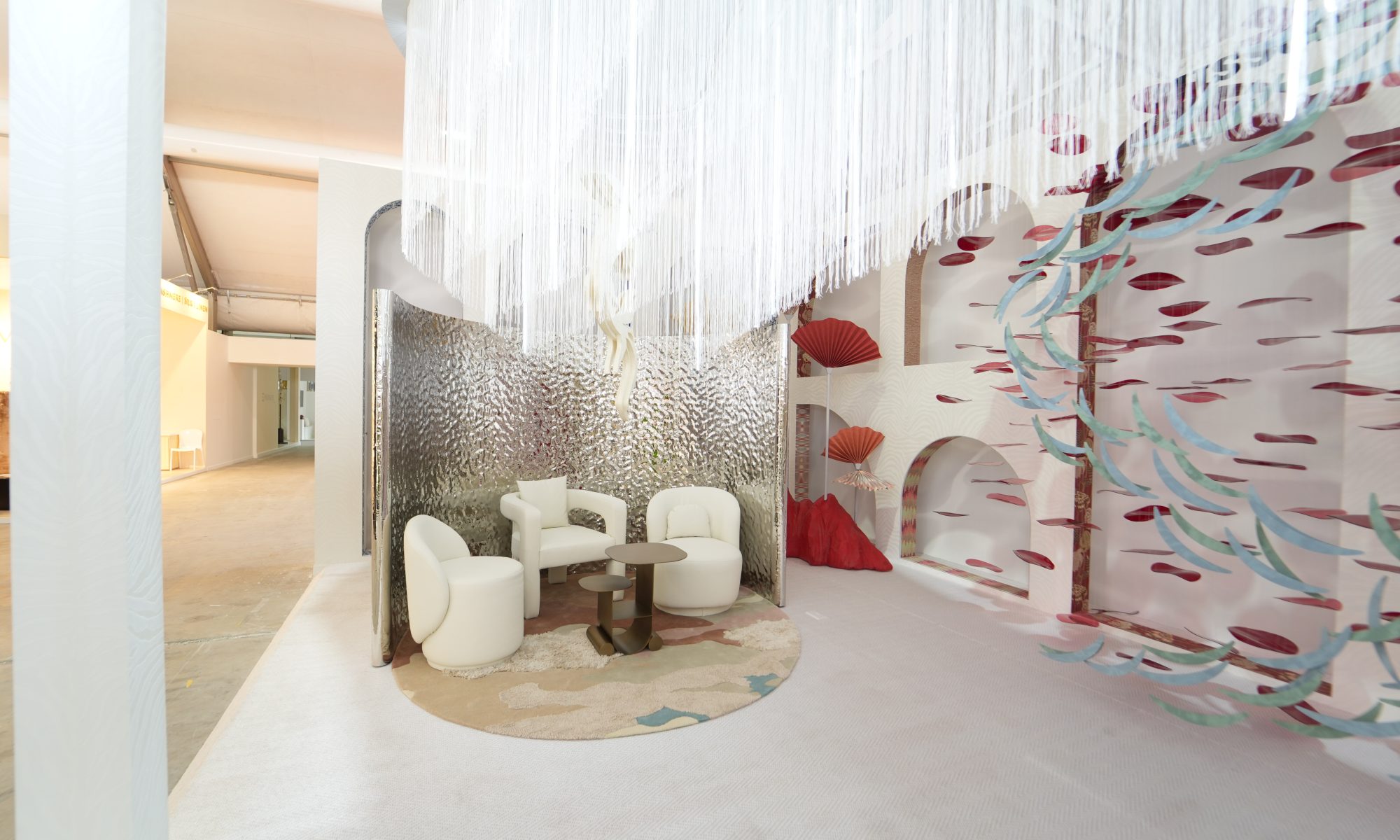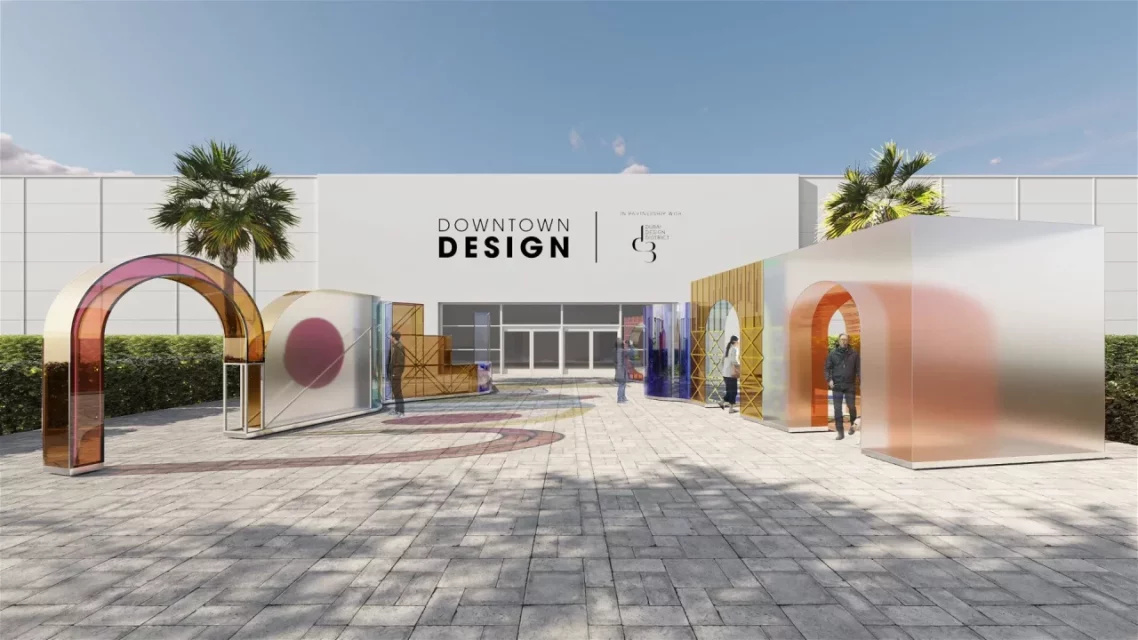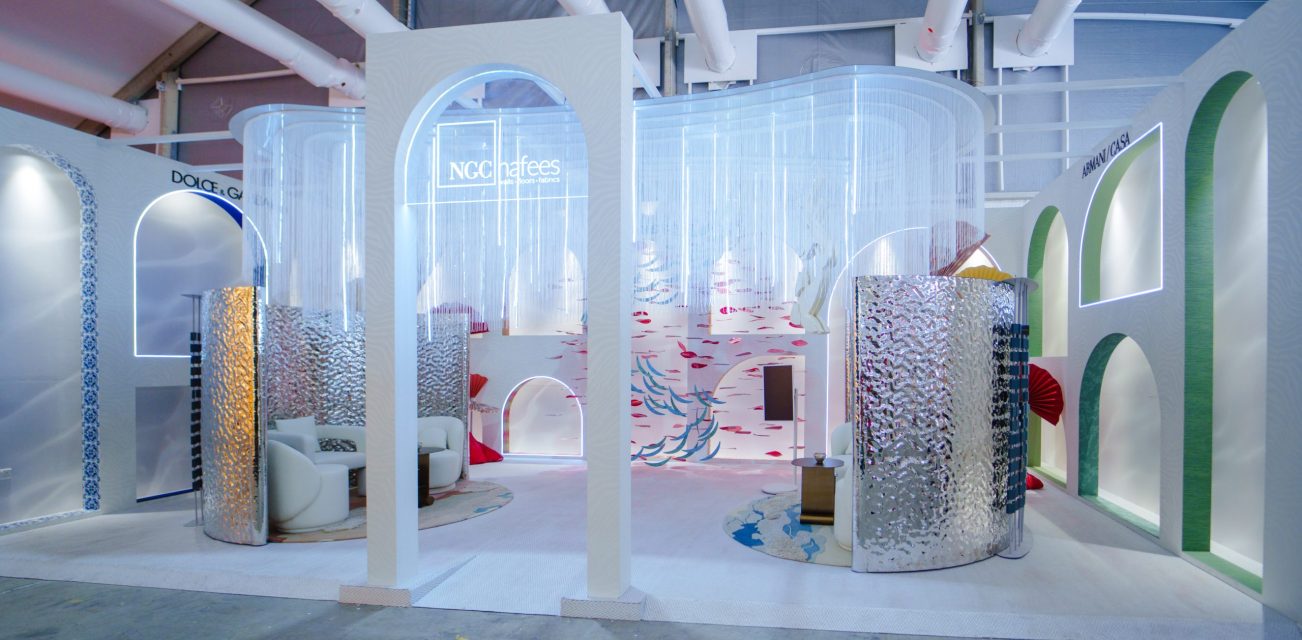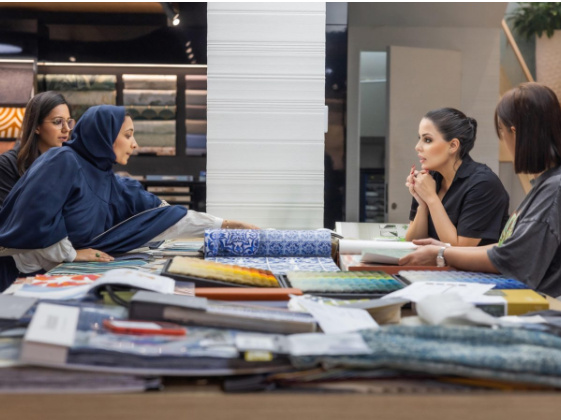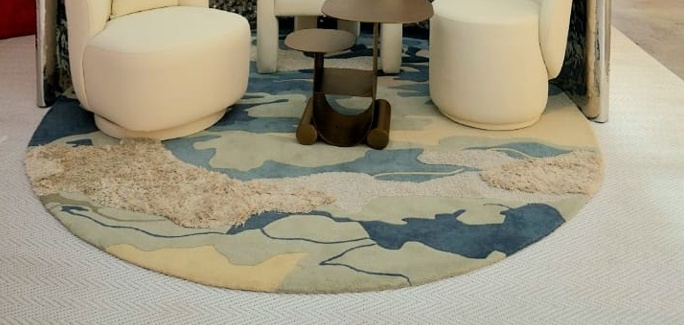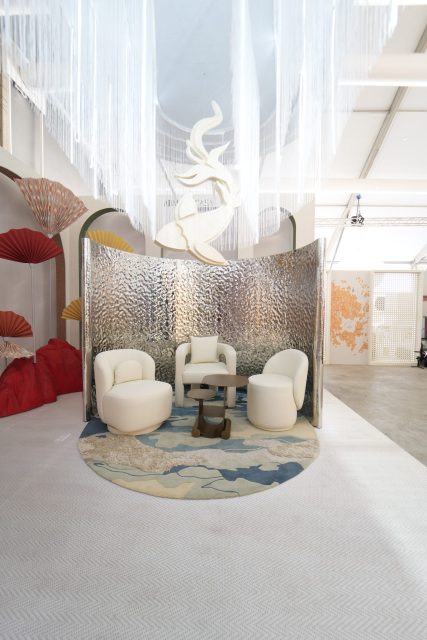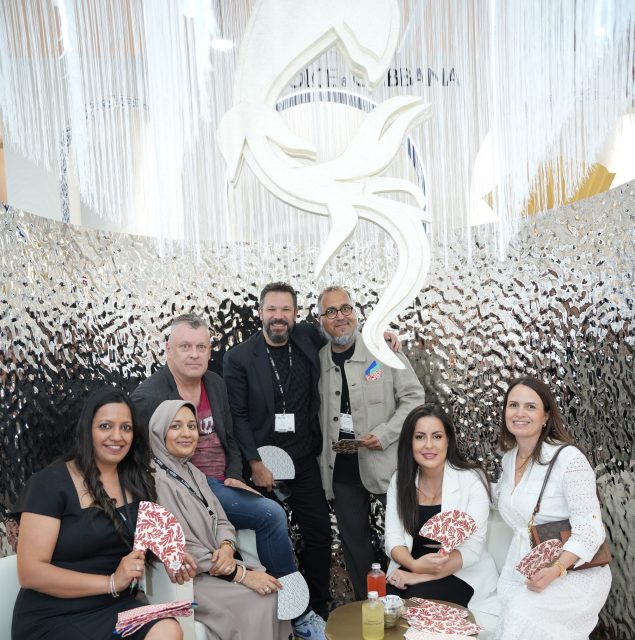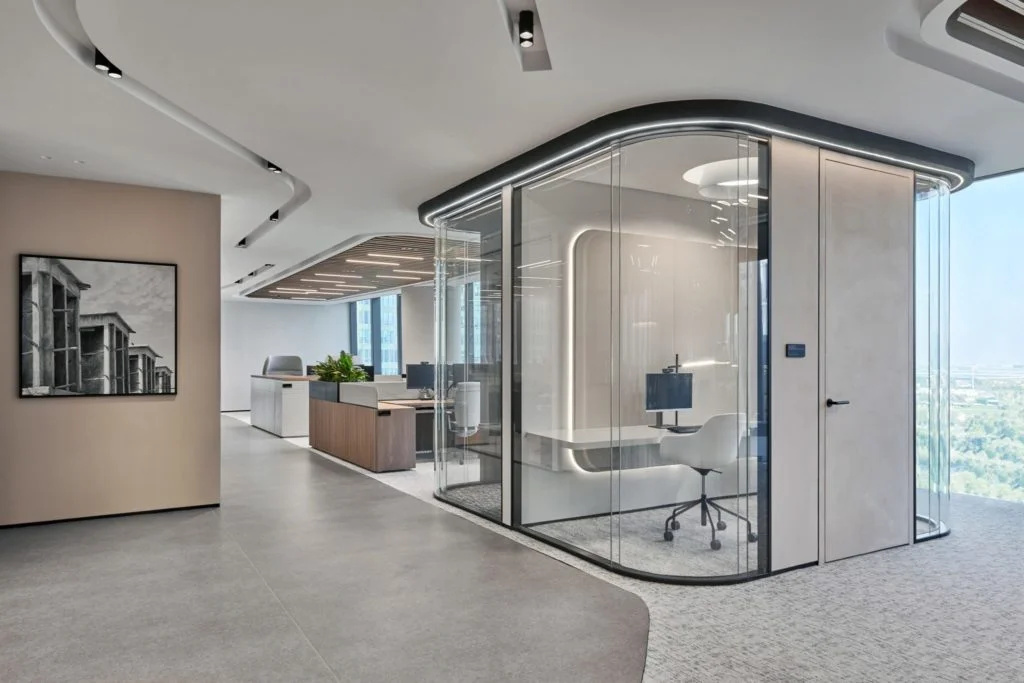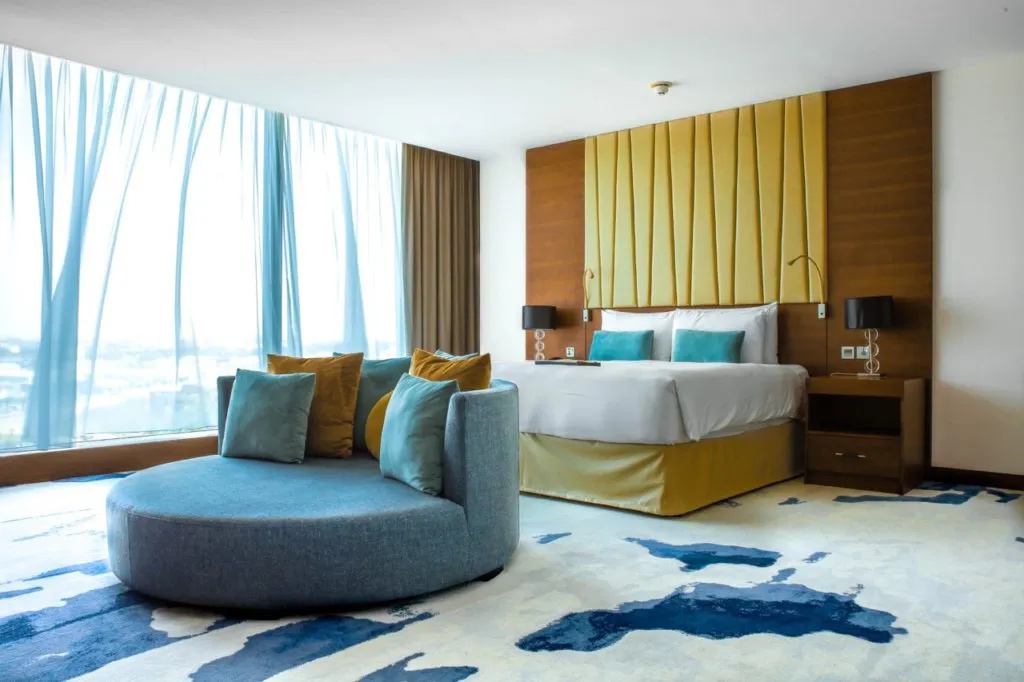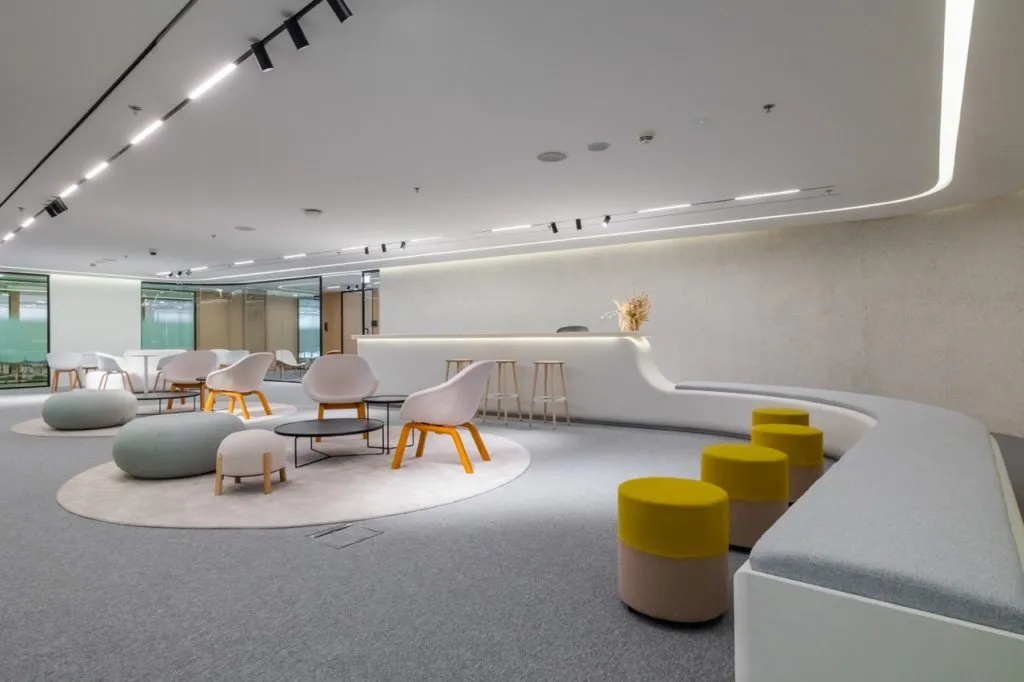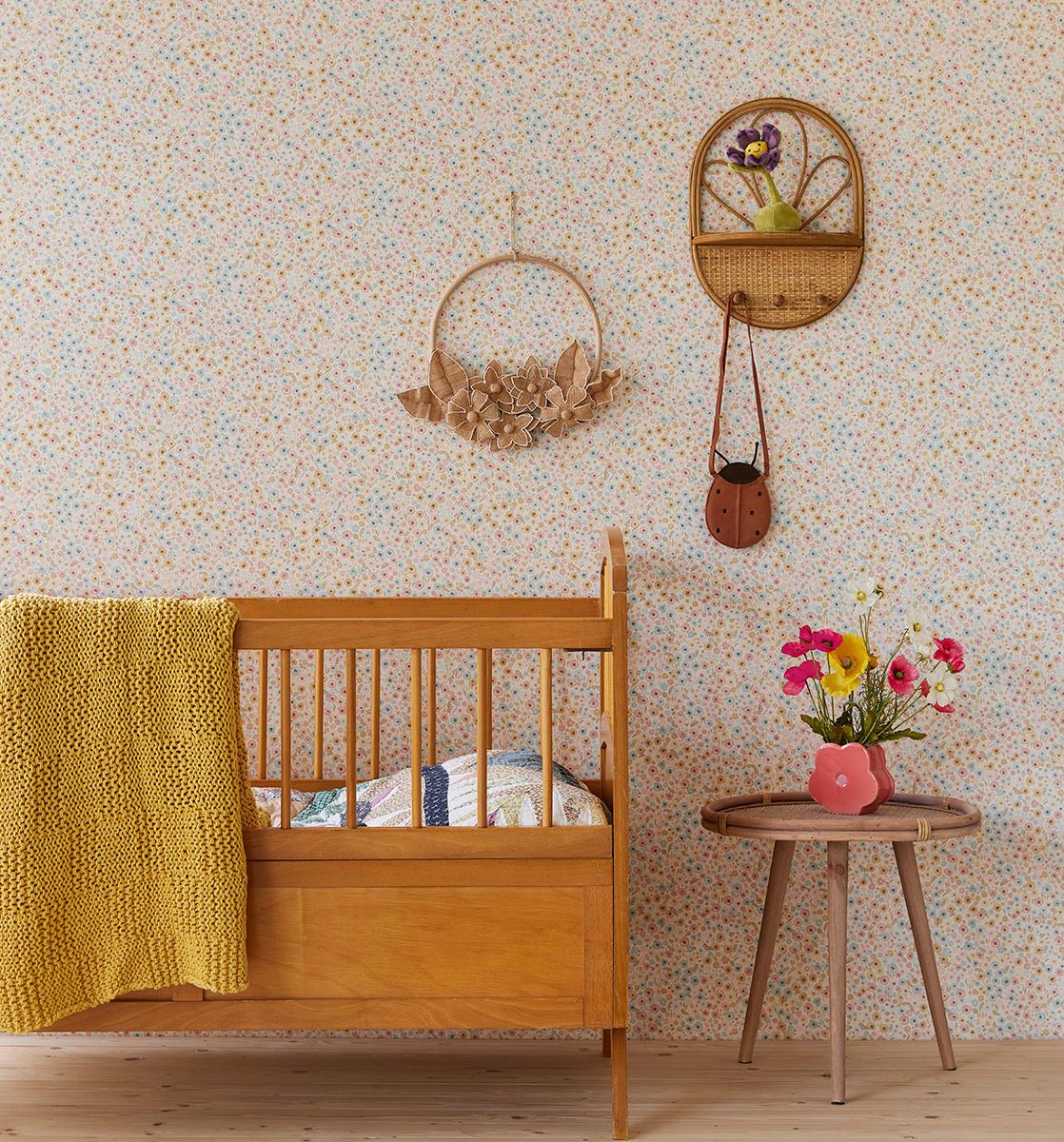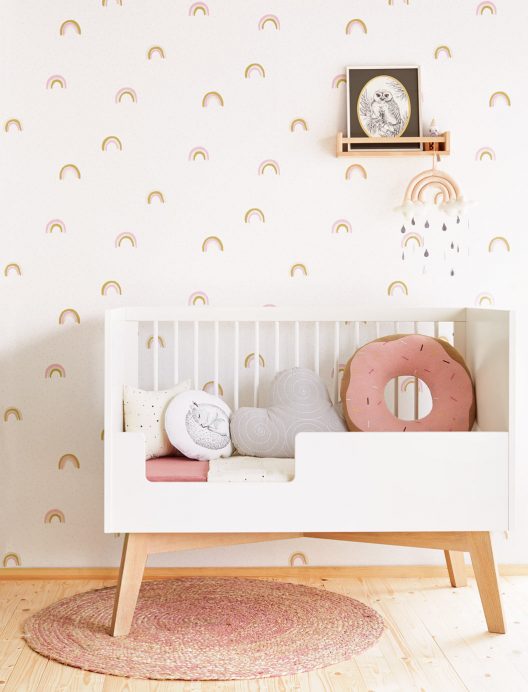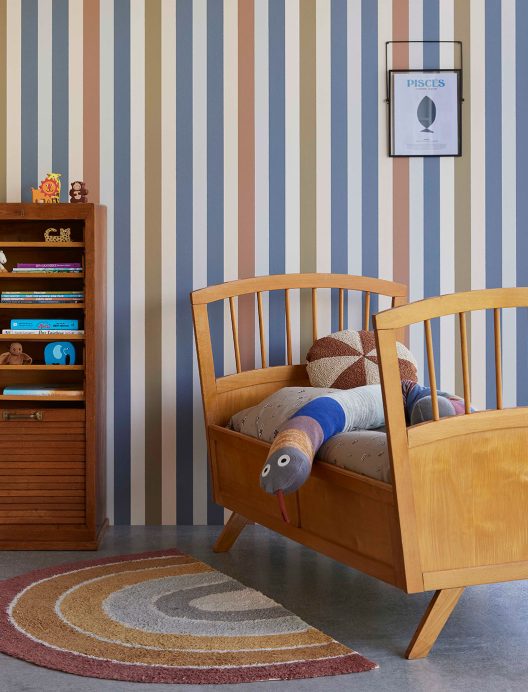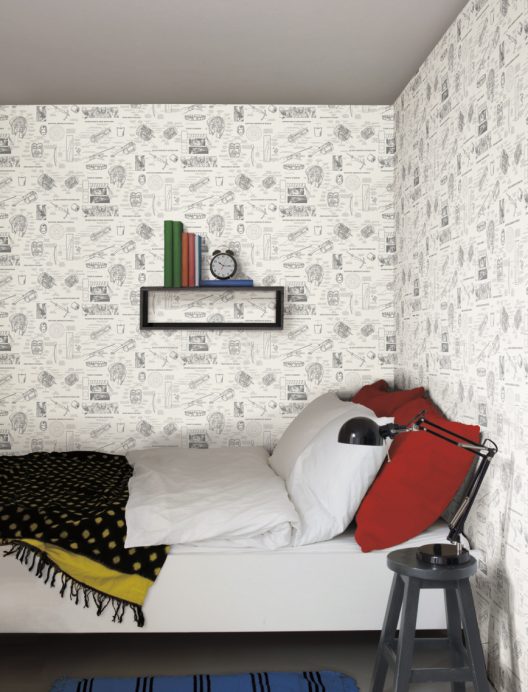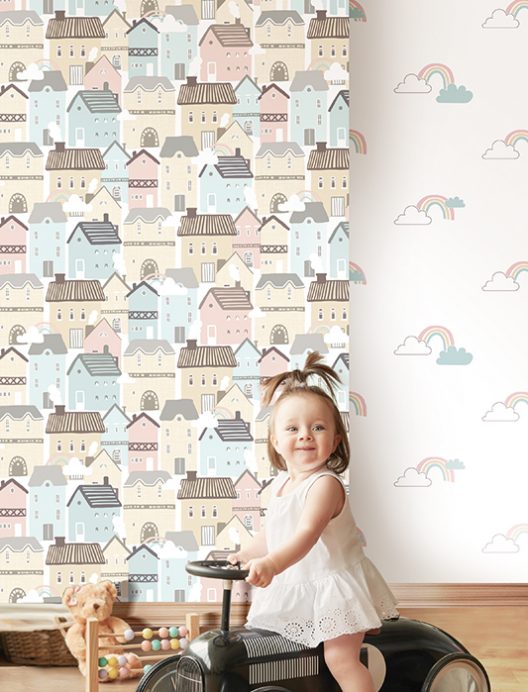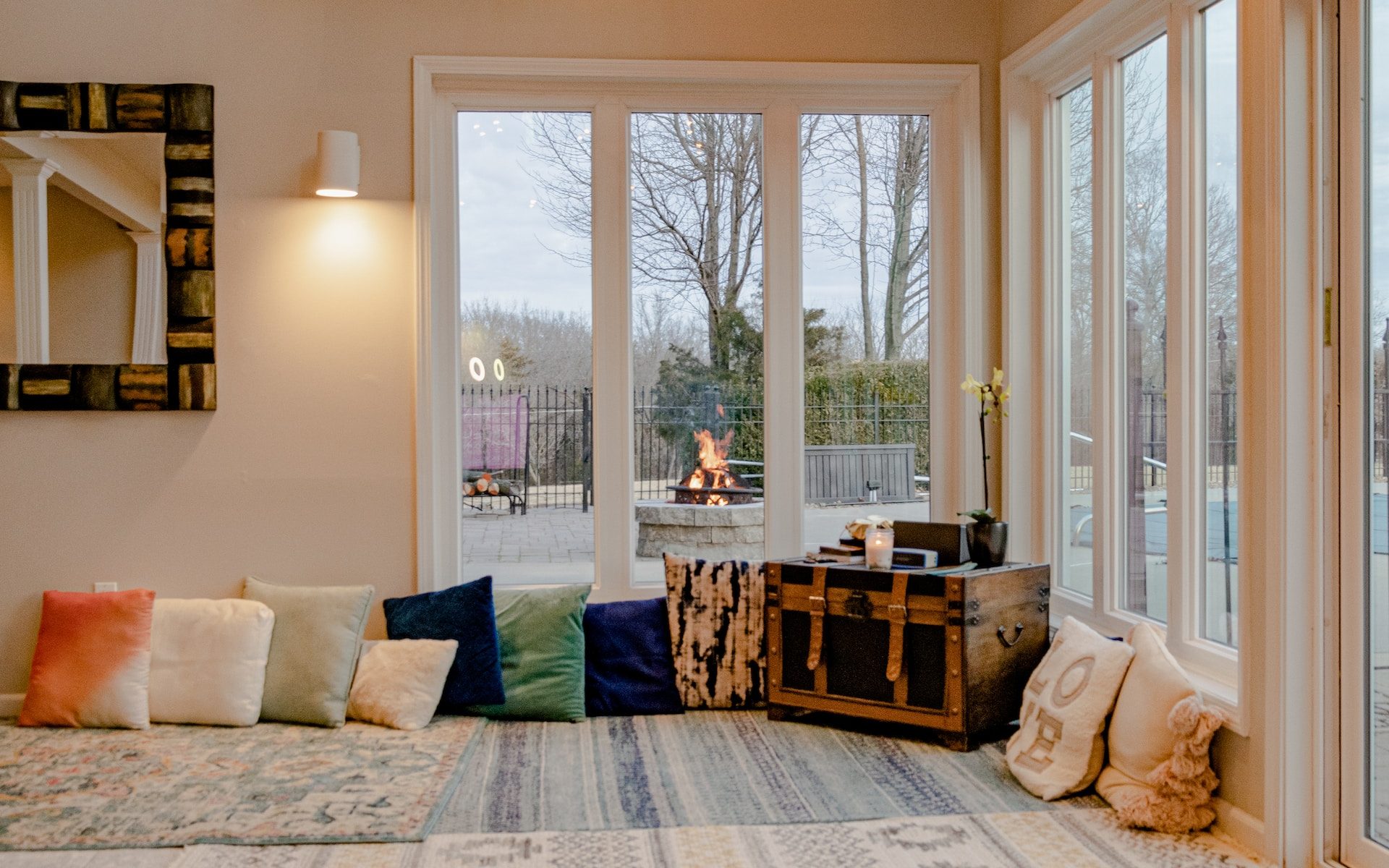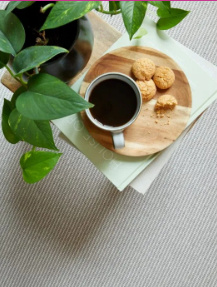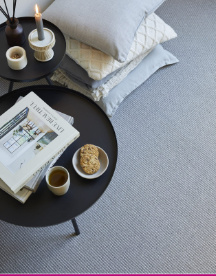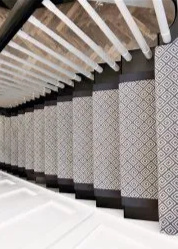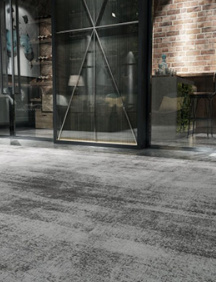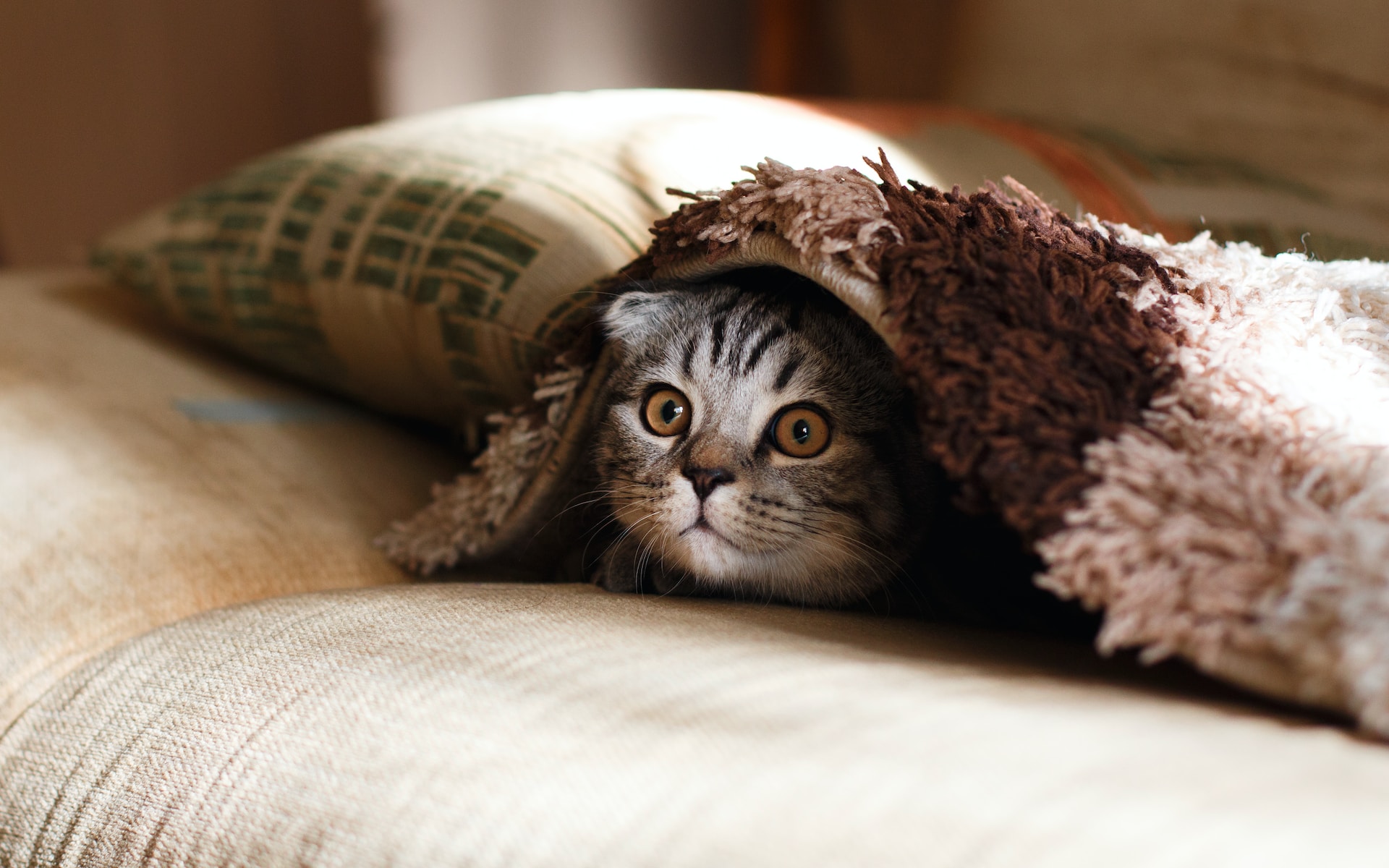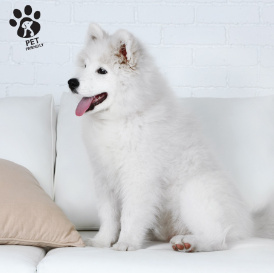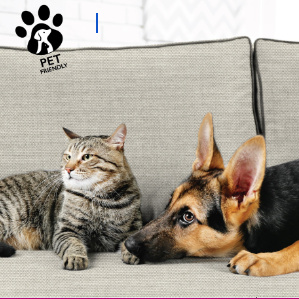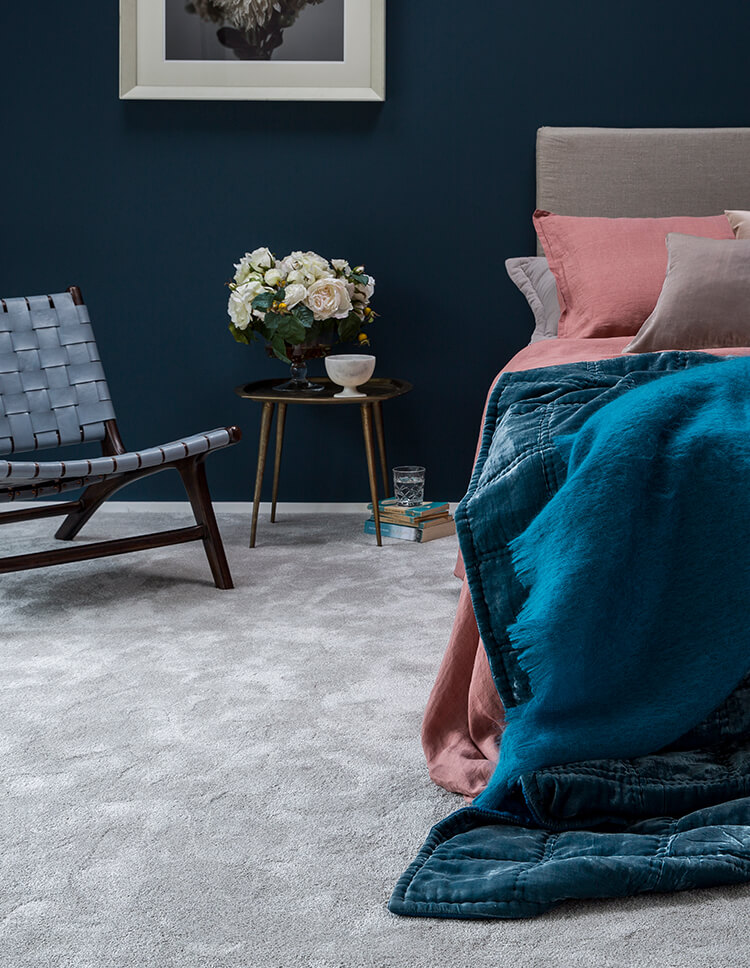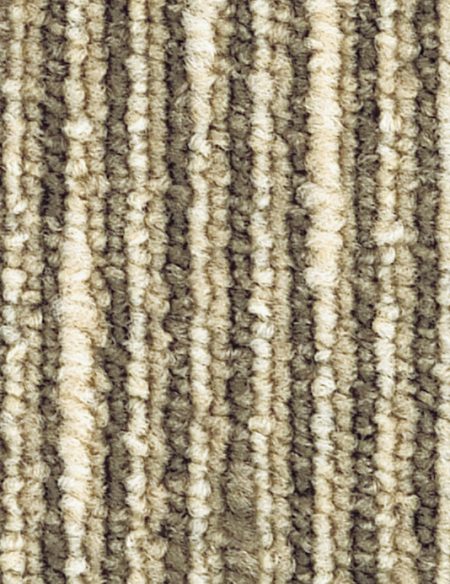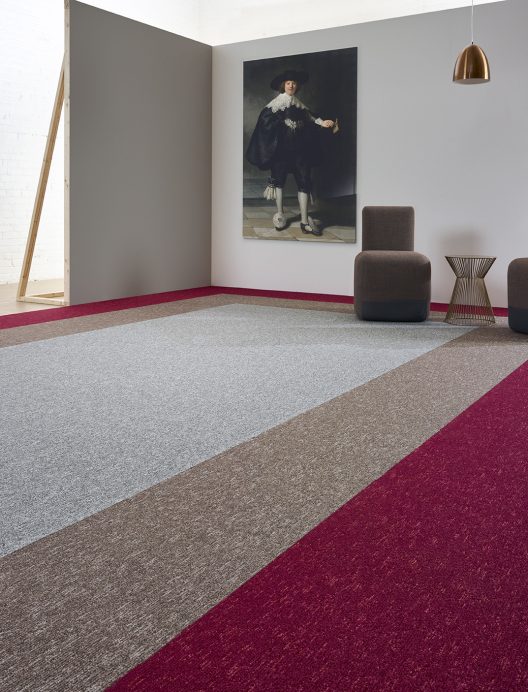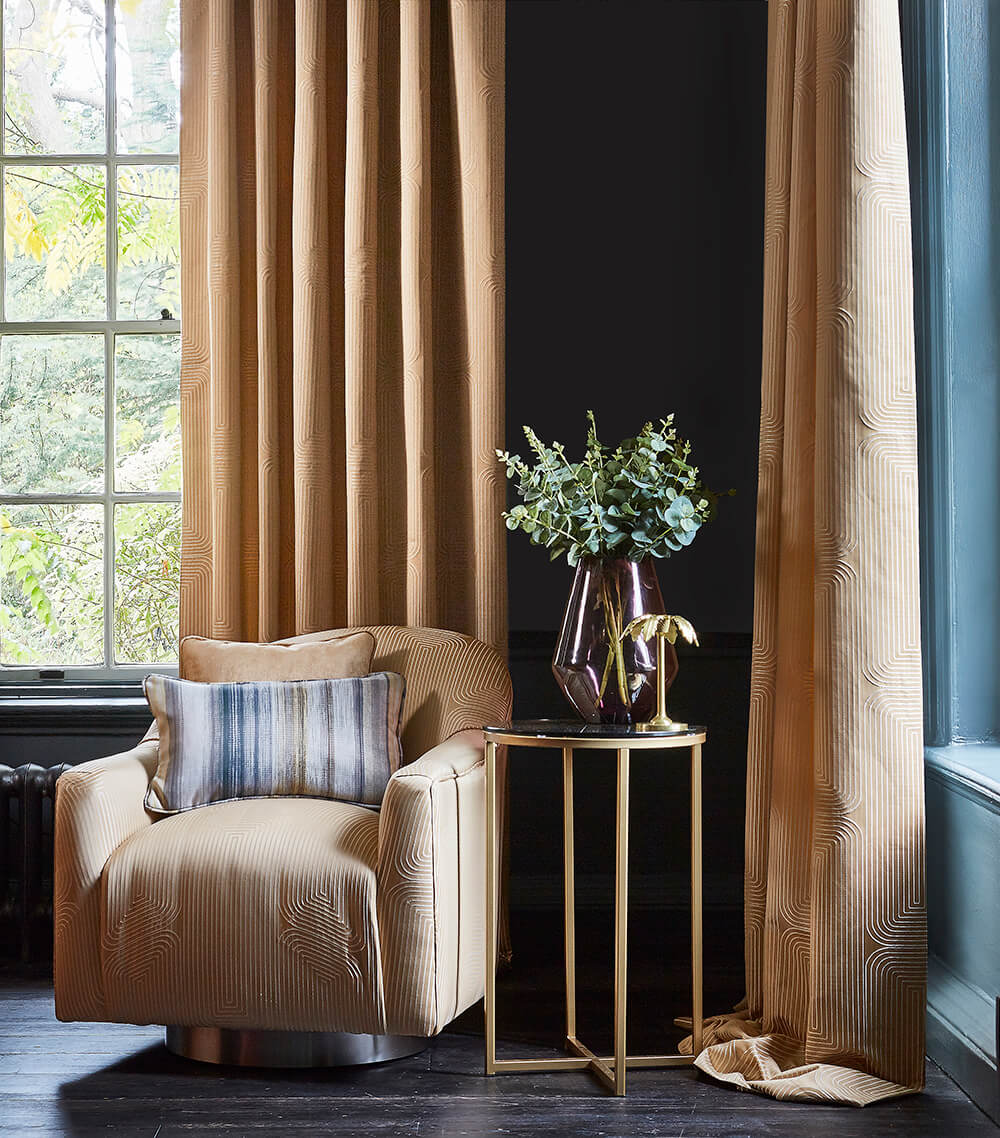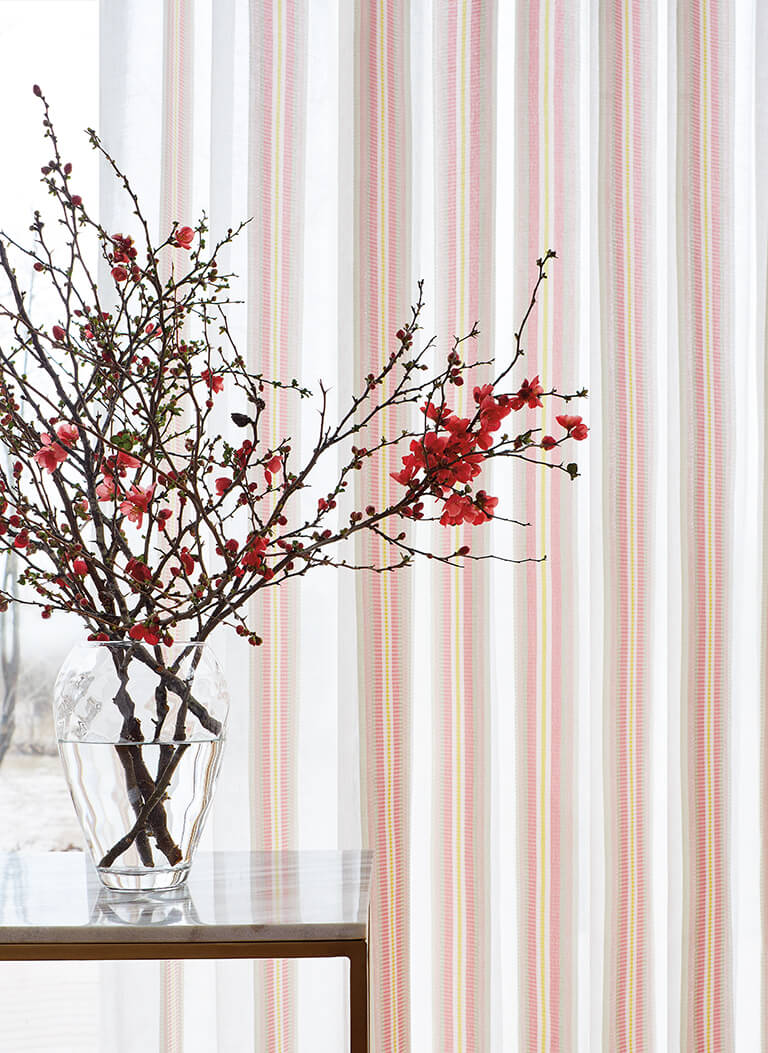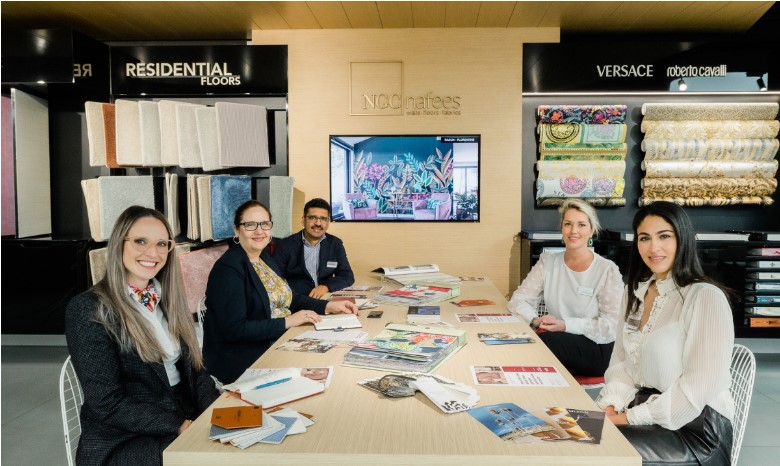A hotel room serves as a home away from home for many people. As such, it requires an interior design composed of elements beyond providing a roof over their head.
Hotel room curtains are among the most crucial elements that can help you with this.
Essential for achieving comfort, relaxation, and luxury, these window treatments can bring an entire room together.
Curtains offer shade and soundproofing to make the space more conducive for sleep and rest. They also help insulate the rooms from hot summers or provide warmth on cool winter nights. Plus, they help ensure the hotel guests’ privacy and safety.
Getting ready to choose a window treatment for your guest rooms? Here are eight types of hotel room curtains, categorized according to the commercial fabrics they are made from and the way they are applied in the interior design:
1. Blackout Curtains
Blackout curtains are usually the first choice for hotel guest rooms, as well as theaters and private bedrooms.
As the name suggests, these window treatments block the light from outside, dimming down the overall lighting inside the room.
Blackout curtains are made from heavy fabric and offer the most privacy among all window treatments used in residential and commercial spaces.
Five-star hotels also prefer these because they help make the room more energy-efficient and safer, especially when small children are around.
The only downside is that blackout curtains can be a bit pricier and require more accessories to style.
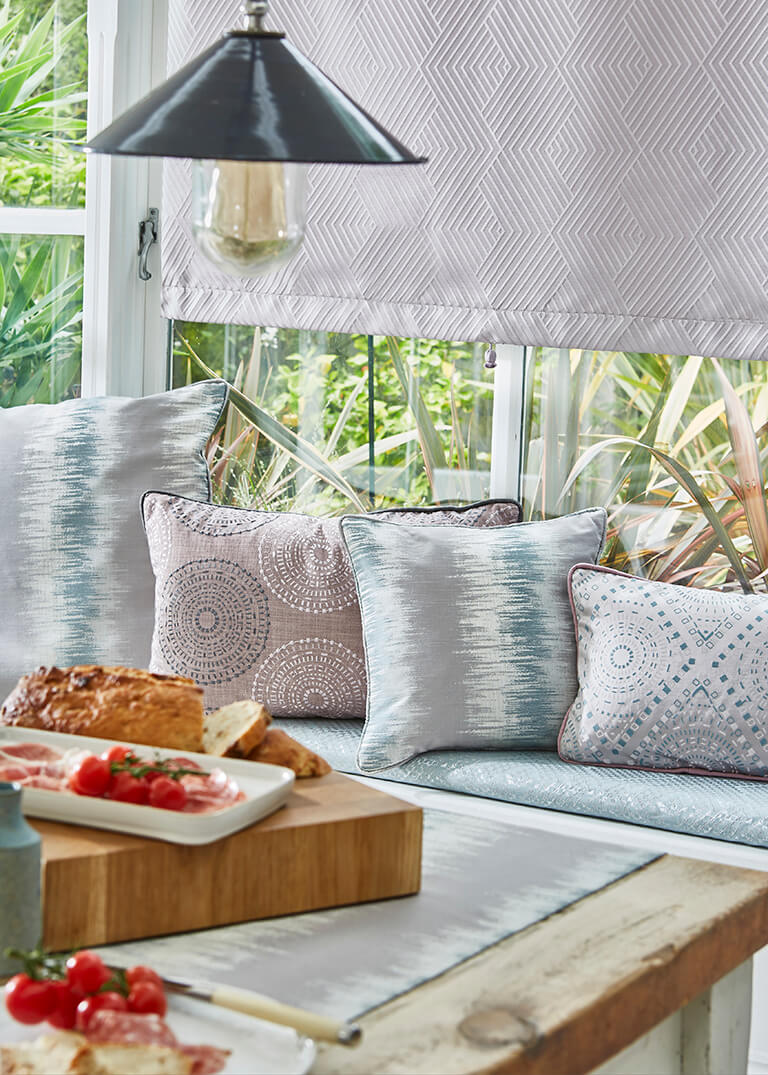 INSPIRATION
INSPIRATION
2. Apron Curtains
Also known as half-length curtains, apron curtains are the perfect choice for situations that call for shorter window treatments.
This type of curtain is usually used when a piece of furniture or other large furnishings like air conditioners or radiators are placed under the window. They are also preferred in residential spaces that cater to pets and small children.
These curtains won’t get too dusty, too, since it usually sits a few inches below the windowsill and well above the floor.
3. Tieback Curtains
Besides length and fabric opacity, hotels also design their draperies so that they can be opened up in different ways. Tiebacks are among the most common.
Tieback curtains have one or both panels tied to one side, allowing natural light inside. This type of curtain can also help create a specific look for the room. For example, tying back the pair of curtains makes the window appear narrower.
Tieback curtains can also be tied slightly higher or lower than the middle of the window. The higher you tie it, the taller the window will seem.
4. Crisscross/Crossover Curtains
A variation of the tieback style, crisscross or crossover curtains offer additional glam and pizzazz to a hotel room. These make windows look wider than they actually are.
To pull it off, all you need to do is cross over two sheer hotel curtain panels across the width of the window and tie back each panel to the opposite side of the window.
Of course, this will require a special set of drapery, clipped together using rings to achieve that timeless and romantic layered look.
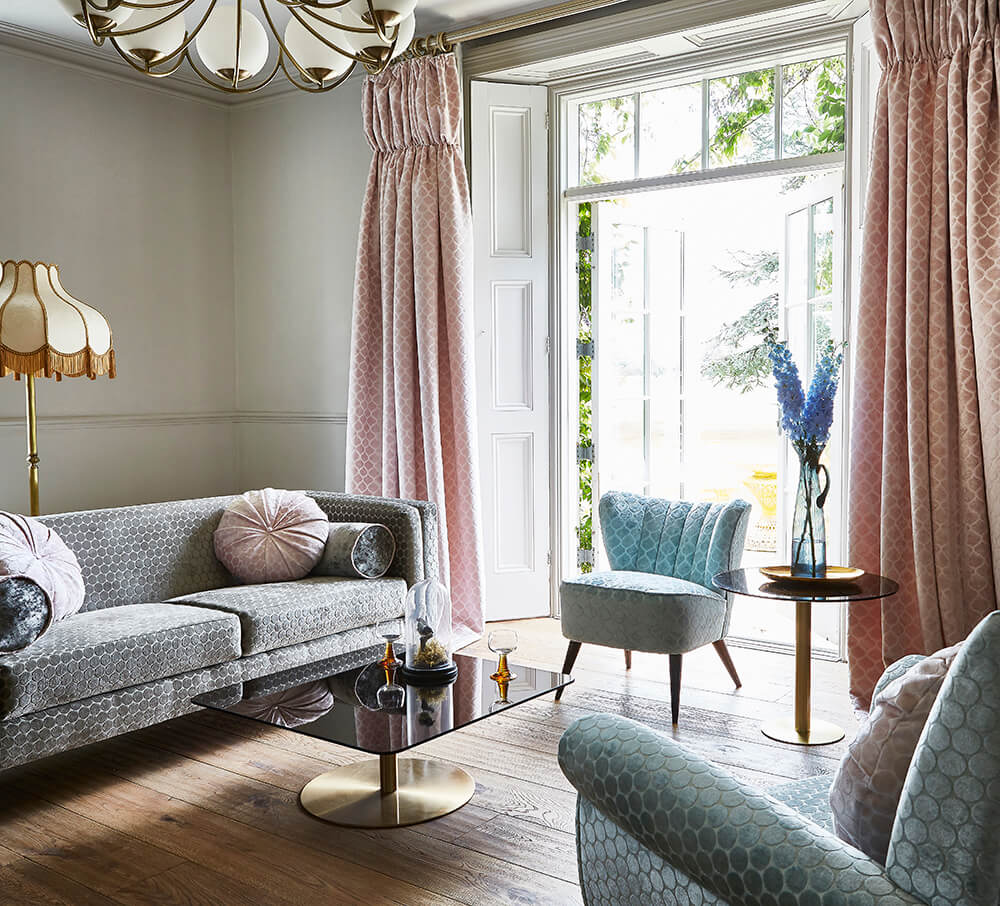 INSPIRATION
INSPIRATION
5. Draw Curtains
Looking for a way to achieve a dreamy ambiance in your hotel room but without the complexity of the crisscross curtain? Consider using draw curtains.
Typically made of opaque or translucent fabrics, these curtains are mounted on traverse rods.
Draw curtains were previously used as an added layer between glass curtains and draperies. But today, these hotel curtains have emerged from the shadows and made it to the trendiest curtain styles in 2022 as a standalone window treatment.
6. Fold Back Curtains
Mix and match plains and prints with this quirky curtain style that uses a pair of double-sided shades hung on double curtain rods across the entire width of the window.
As the name implies, these window treatments are folded back to show the contrasting designs of the fabrics used to make them.
For maximum impact, match a sheer neutral-colored curtain with a patterned drapery.
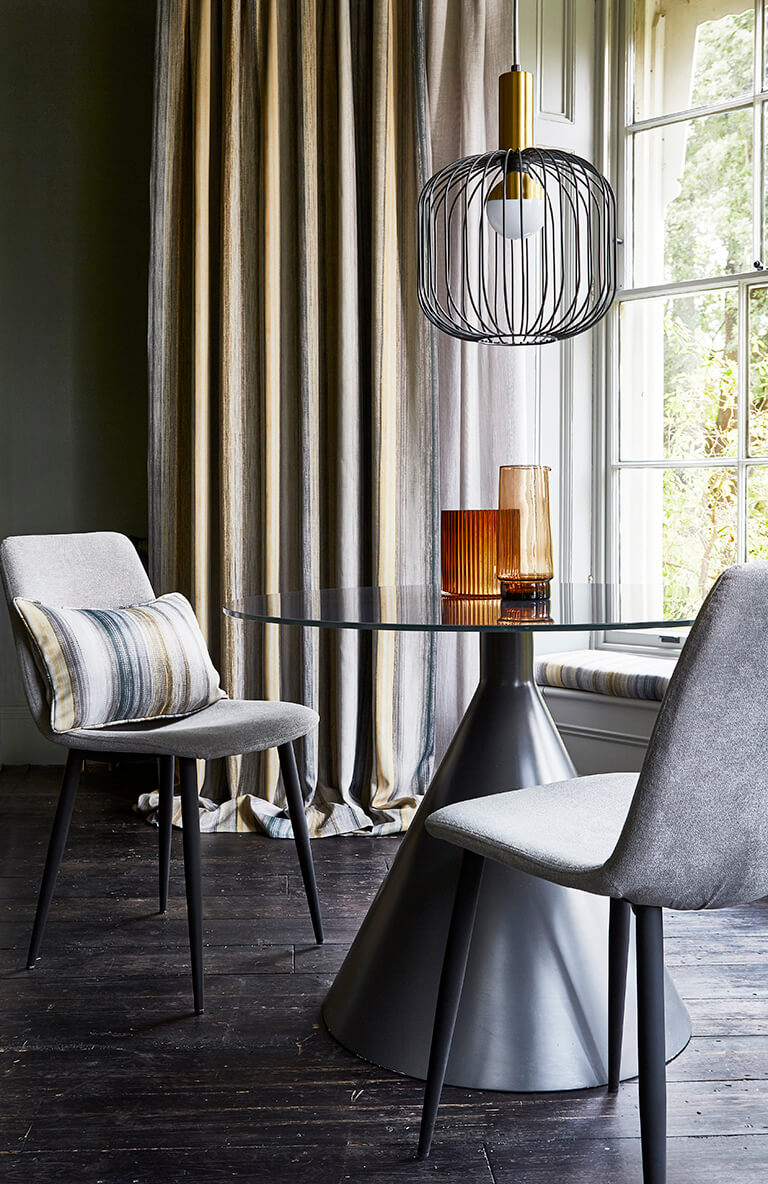 INSPIRATION
INSPIRATION
7. Roll-up Curtains
If you’re not a fan of stiff window treatments like blinds but like the way they neatly tuck away when needed, there’s a good chance you’ll love roll-up curtains.
Made of study fabric, roll-up curtains – or shades – can be rolled and unrolled. These can be held in your desired position by a sash made of the same contrasting fabric as the lining of the shades.
When rolled up, the colored lining and top of the fabric frames the rest of the window treatment, showing off its own beauty alongside that of the window.
8. Swags, Cascades, and Valances
Other fabric window treatments perfect for hotel rooms are swags, cascades, and valances.
Want to highlight your windows while hiding curtain headings? Why not add swags? These decorative draperies offer the best solution.
Meanwhile, a cascade (also called a jabot) is made of tapered and folded fabric to create vertical pleats. These can be used with swags to frame the windows.
Valances are window treatments that cover the uppermost portion of the window. They can be hung alone or with curtains or window blinds and should never reach under one-sixth of the window’s height (around 10 to 12 inches in depth).
These three can be combined together with other curtain types to produce a gorgeous look for your hotel room windows.
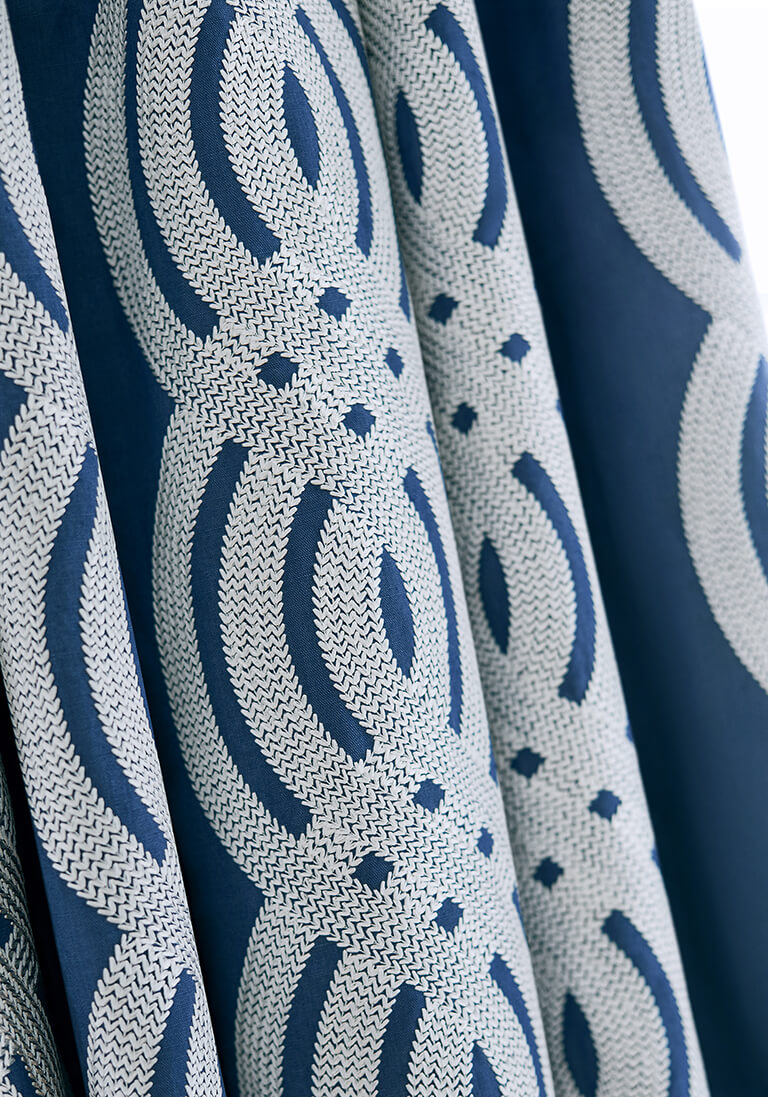 INSPIRATION
INSPIRATION
Wow Guests With Stunning Hotel Room Curtains
Curtains and other window treatments make hotel rooms look more luxurious. Want to offer better comfort and style to your guests? Use this article to choose the best hotel room curtains.
Need high-end textiles for other interior design elements? Visit NGC Nafees showrooms or browse our online fabric catalog to find the most gorgeous selections in the Middle East.







